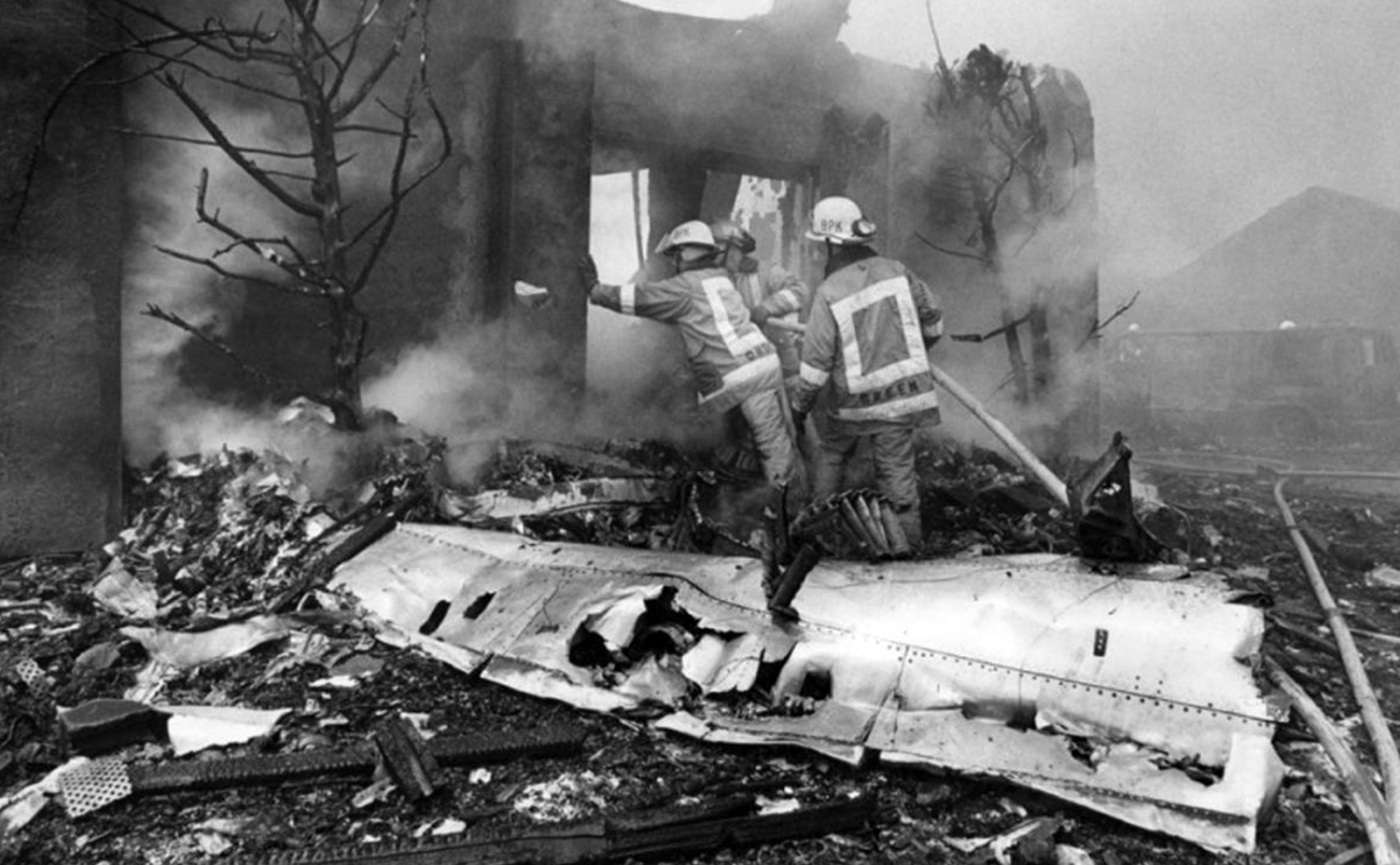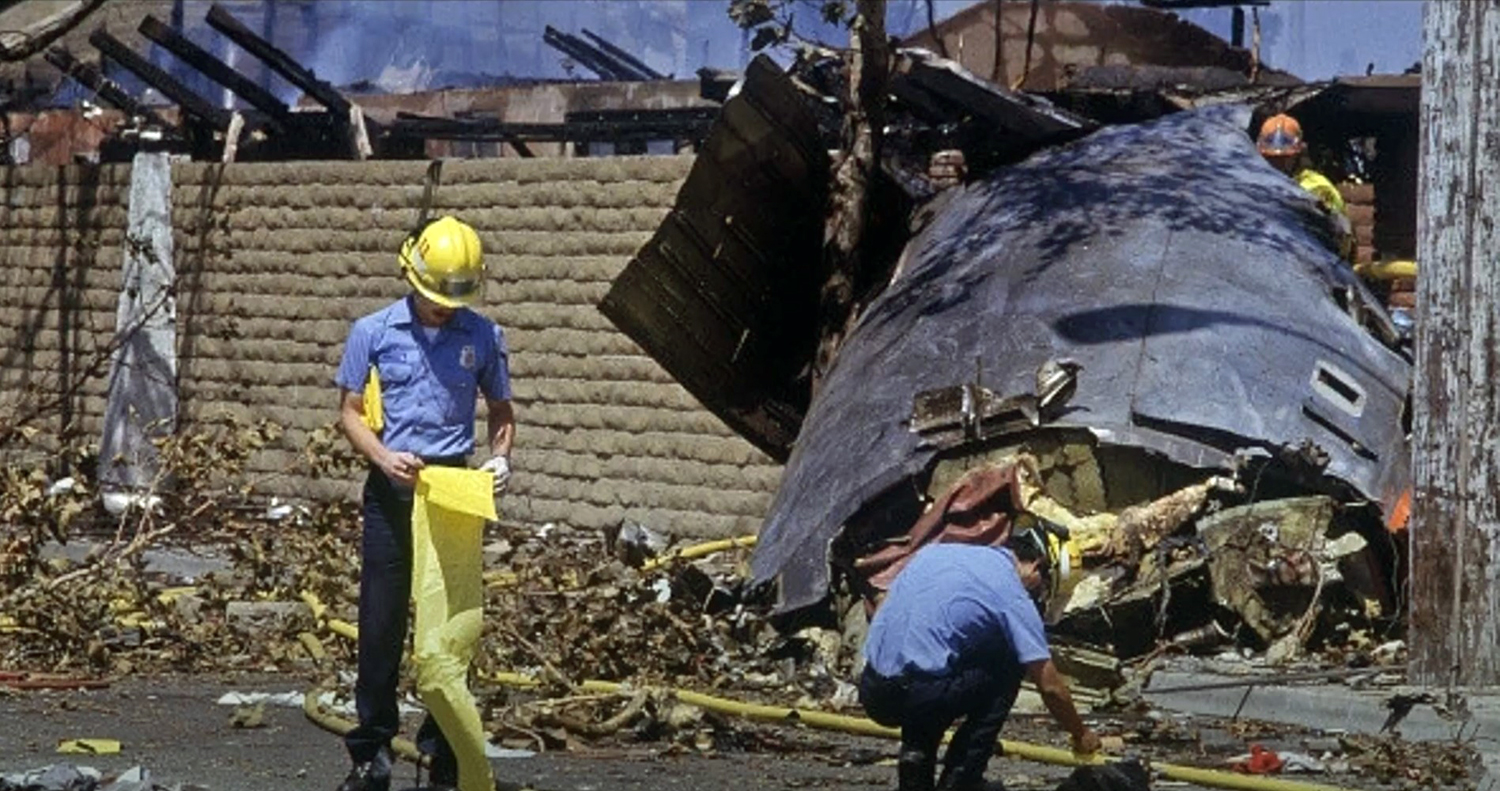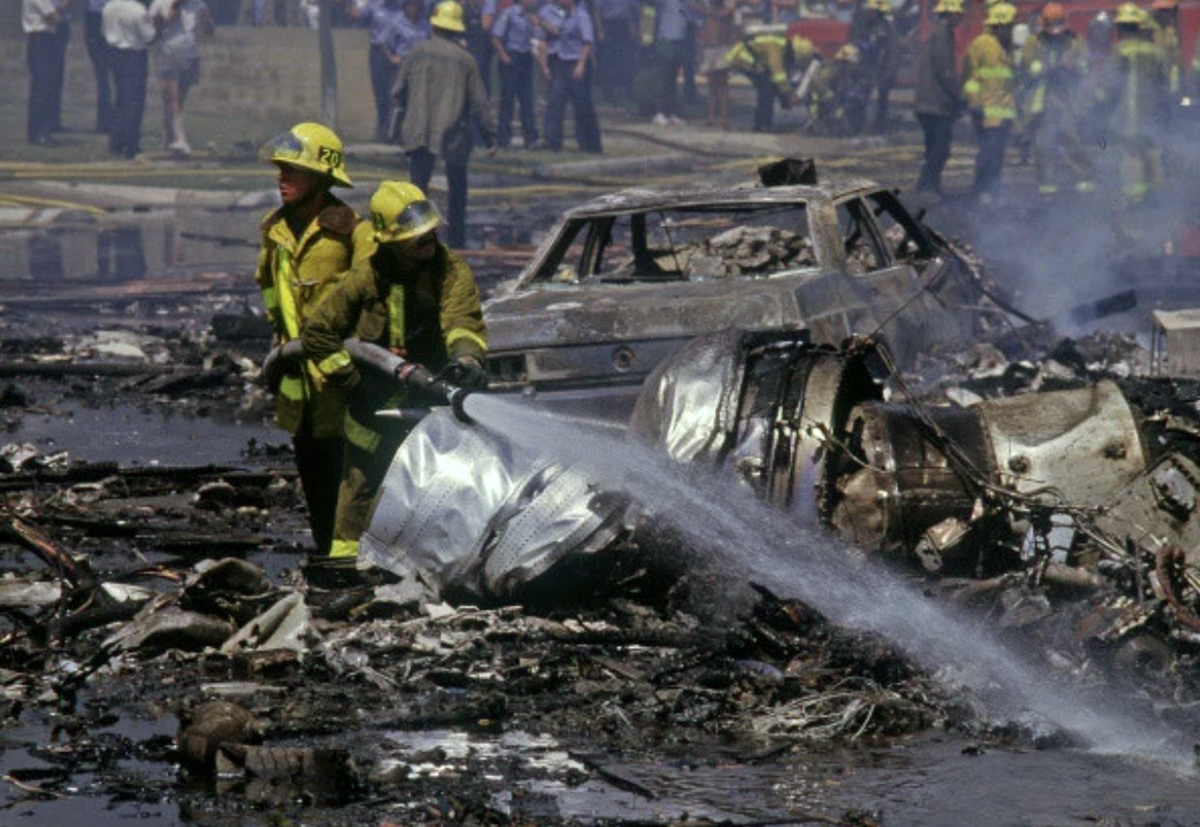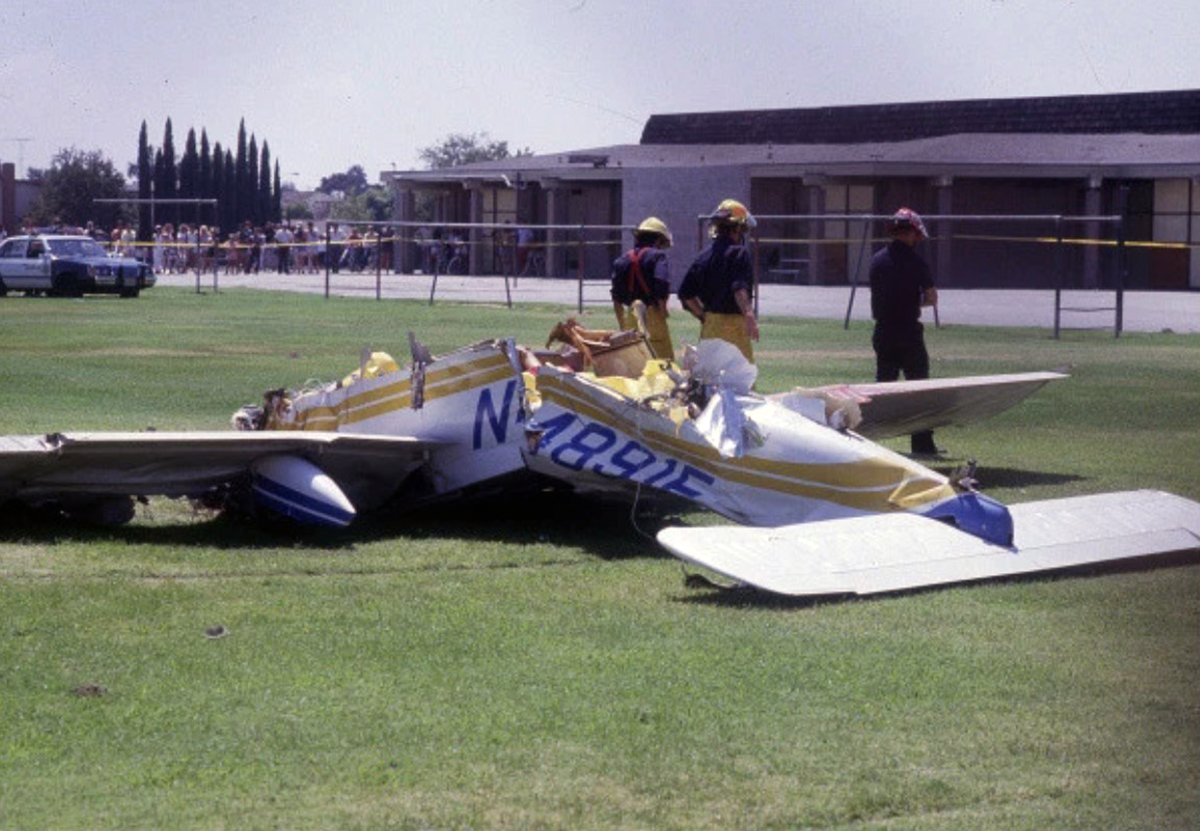Crash of a Lockheed C-130A Hercules at Fort Campbell AFB: 3 killed
Date & Time:
Sep 9, 1986
Registration:
56-0468
Survivors:
Yes
MSN:
3076
YOM:
1957
Crew on board:
5
Crew fatalities:
Pax on board:
0
Pax fatalities:
Other fatalities:
Total fatalities:
3
Circumstances:
After landing at Fort Campbell AFB, the crew encountered technical problems and the aircraft was unable to stop within the remaining distance. It overran and came to rest few dozen yards further. Two crew members were seriously injured while three others were killed.
Probable cause:
Loss of control after touchdown due to the failure of a throttle cable.











